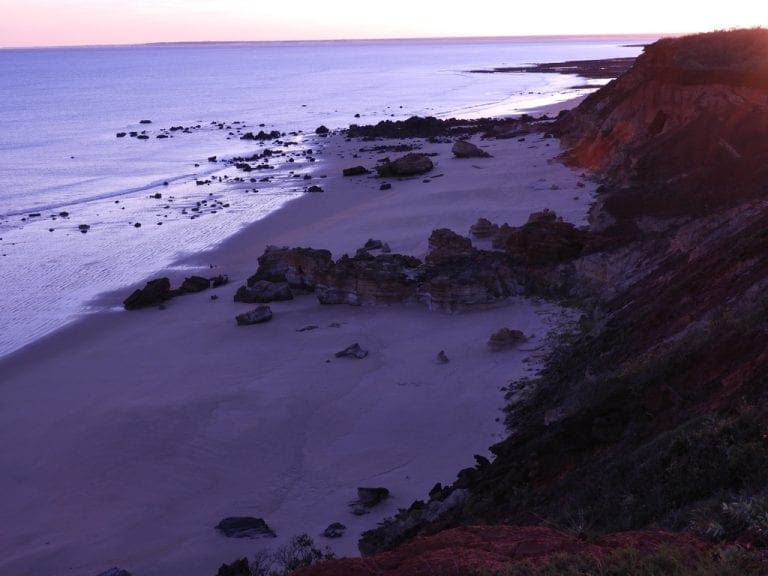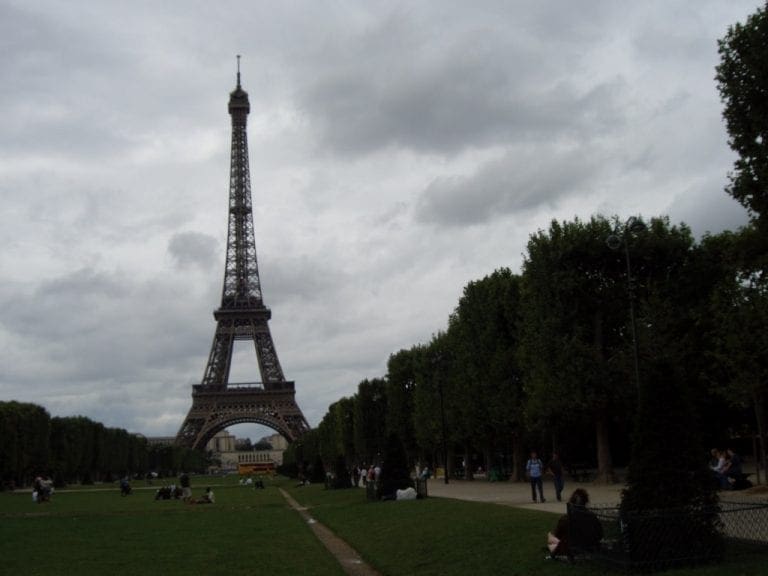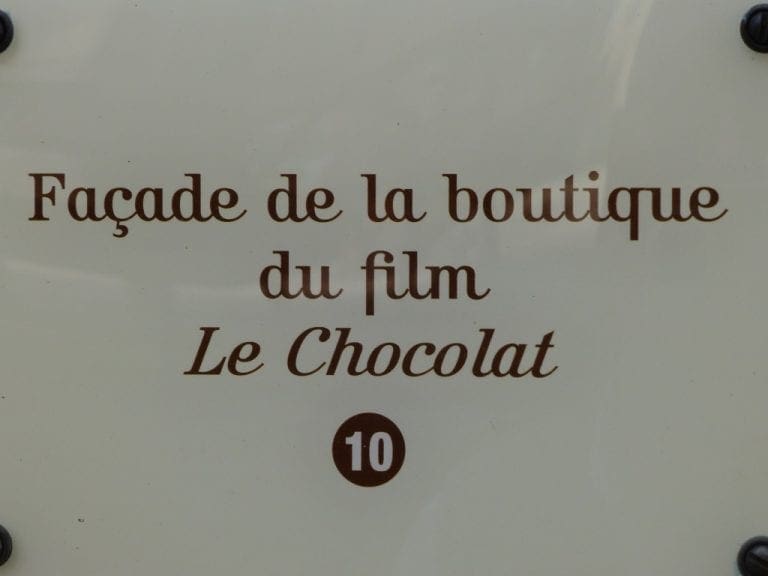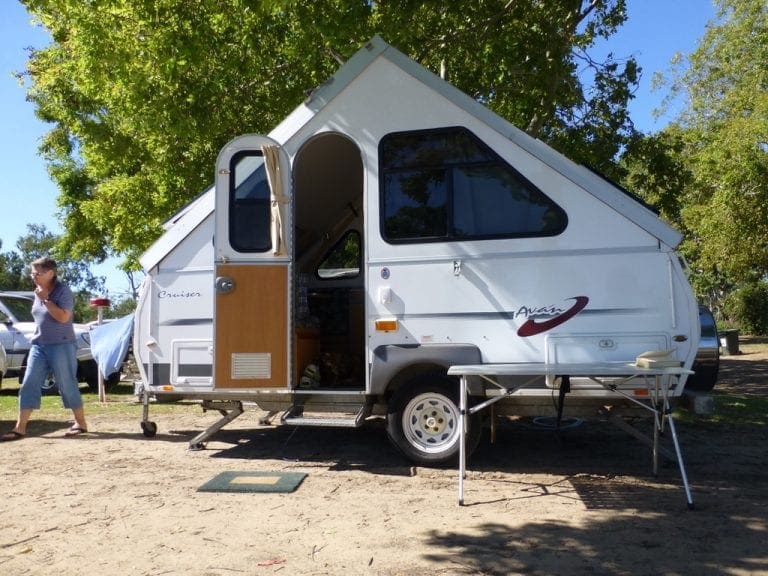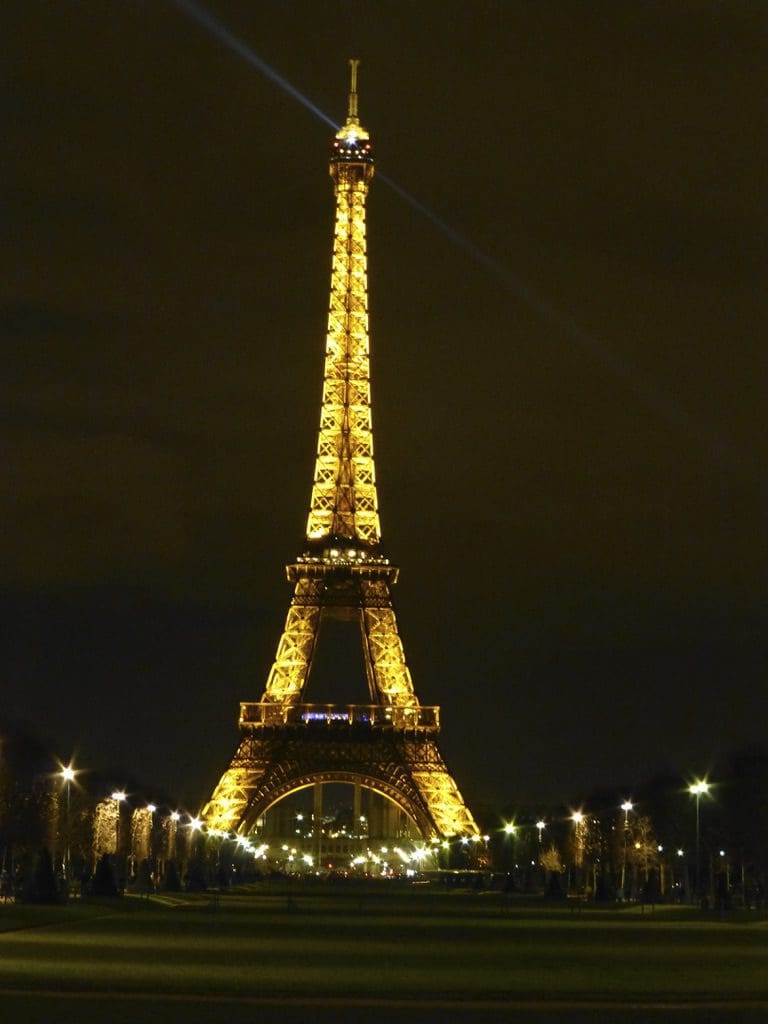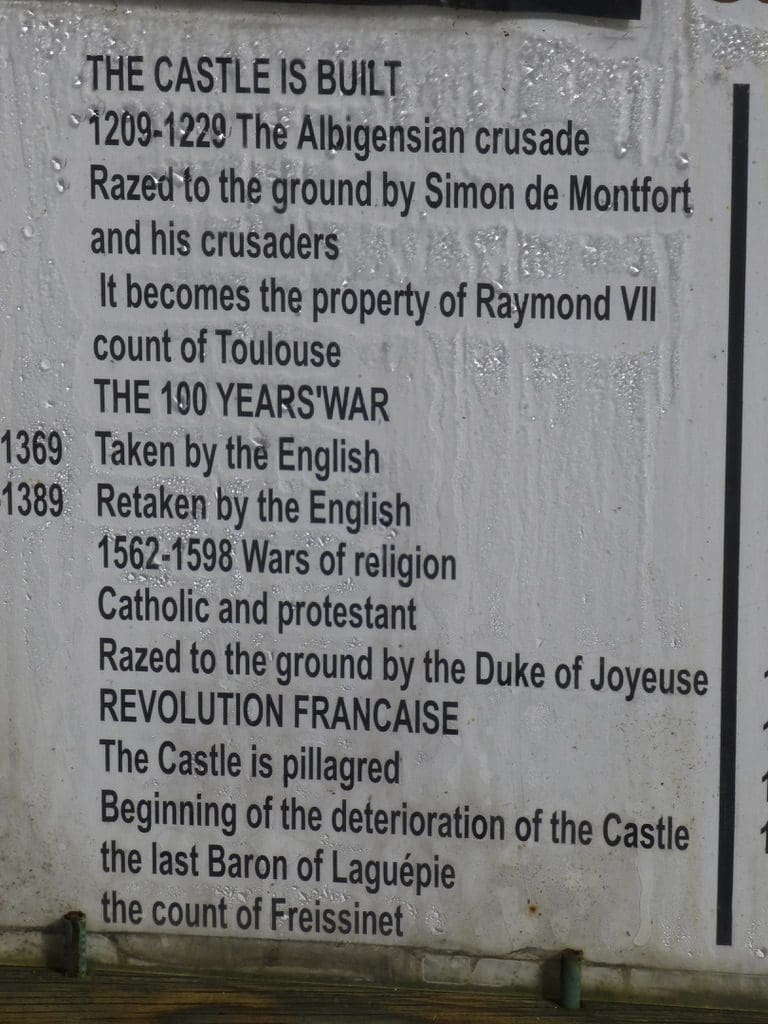France Road Trip – week 2 – Lyon
Saturday 16 April 2016 – Day 9. Fast train to Lyon departed Paris Gare Du Lyon at 9:55am. Bit of an effort getting the two big suitcases down the 76 stairs at 67 Rue St Jacques. We took the 63 Bus which was very convenient. The SNF very fast train quickly leaves behind the buildings of Paris zooms along between green and yellow fields at speeds of about 350km/hr. A bit eerie really cruising along with just a gentle sway. We arrived at Lyon station Gare Part-Dieu after about 2 hours and worked out where to go to catch our C3 bus to Gare Saint Paul which is a couple of hundred metres from our Lyon apartment. We are just east of the old city at 26 Quay de Bondy on the banks of the Saone River just north of its confluence with the Rhone River. A beautiful apartment with a stunning outlook over the Saone – trees with leaves, river, people strolling. Lyon is such a different city from Paris – more open, warmer, less frazed. Coming out of the Middle Ages, Lyon was a real contender for capital of France. It had the trade route, a silk weaving industry and was the financial centre. This all turned to shit when the financial mob stuffed it up and their bonds became worthless in the early 1700s. By then Paris had got Louis XIII, Cardinal Richelieu, Louis XIV and Colbert changed the way that cities look and did not look back.
Sunday 17 April 2016 Day 10. Woke very lazy. To the Boulangerie 100m up hill for the baguette and croissants. A stroll around the Sunday markets lining the Saone outside our window. Right bank has quite good paintings. Cross the pedestrian bridge to the left bank which has about the best fresh food market we have seen anywhere. Extremely fresh fruit & veg, cheese, roast chooks, fish, charcuterie. People steaming in with empty wheelies and leaving with them full. (We think this part of the market operates every day.) Further upstream on the left bank are books. Cross the Saone again and walked downstream through jewellery stores (bought a cat). Carried loot back to the apartment.
Lunch. This was excellent. Just south of us and within 200m are 2 streets with no cars in the ‘Old Town’ that is crammed with restaurants – Bouchon. A very large number of choices. We selected Grandma’s House which looked nothing on the outside. We were in a cellar – completely full. It turned out to be an excellent choice. We had the standard Lyonaise Formula lunch. Lyonaise salad (poached egg on lettuce with smoked bacon pieces as big as my little finger). Helen’s main was a fish sauce with a floating dumpling. Mine was a sautéed chicken with cheese sauce, and rice. Both excellent, as good as enything I’ve eaten. Desert, a Pana Cota. Excellent. All for the standard Formula €17.90. We rolled out to find that it had rained. All the food tables set up in the square were swamped & empty and the art market gone. Oh Yes, the wine was a pot of Viognier.
Monday 18 April Day 11. Lyon is a sleepy city on Mondays when almost everything is closed to recover from the weekend. We strolled across the Saone to the newer part of the city wedged between the two rivers (shops very small and mainly closed before 10am). Today, the excellent fresh food market has been replaced by a tired textile market (read seconds jeans and shoes) Then back for another stroll through the old town. A lot of effort has gone into making the old town more interesting for tourists. As well as the Bouchon restaurants, many small boutique shops selling art, silks, photos. Yes, we bought a ‘stained glass’ cat (form the shop with the dragon left), a beautiful piece of silk and 3 very good photos. Lunch today was cheese, jambon ham and Beaujolais wine at the apartment – a day off.
Tuesday 19 April. Day 12. What a day. First, to the boulangerie for breakfast bread & croissants. Then, a quick trip to the food market on the other side of the Saone. (Smaller than Sunday’s huge effort – mostly flowers and fruit.) Then to the Textile Museum (opened at 10am) a couple of blocks south of Bellecour square. Ground floor circuit beautiful silks and other weaving from about 1700s worn up to the revolution. Then, Napoleon’s rooms. (He demanded that all courts in his Empire used Lyonese silk – number of looms in Lyon went from 6,000 to 60,000 with 90,000 weavers/employees.) Then, mechanical loom weaving invented by M. Jacquard in 1801 – used punched cards and was a predecessor of punched card computing. Then, post-revolution silk weaving. Upstairs, modern weaving – many looked like beautiful paintings – but were woven on a loom. We went around with two French women who oh-ed and ah-ed about every piece. They talked to me and when I tried to talk back, the words would not come. Broken sentences & disappointing. (The good part was that they did understand the French I could speak.)
Lunch. This was a treat. Les Adrets on Rue du Boeuf – very famous – we should have booked but were seated at a share table by the door. €18 each for the Formula – 3 courses with bottle of wine and coffee. Seriously. The food was outstanding. We noticed that everyone in the place was talking. Not a mobile in use. (The wags at the next table – regulars – knocked off a bottle of unused wine.) Much laughter.
Wednesday 20 April. Day 13. We took the Funiculaire railway to the top of the hill. In a mixup, we thought we were told that we should take a bus to the Roman Museum. The bus took us back to the bottom of the hill. Much grumbling as we walked back up, but we did find the remains of a long Roman aqueduct. The Roman Museum is excellent – well displayed on a descending spiral; not too crowded with artefacts; informative; audio guide excellent and interesting. Loved the cartoons that made fun on archeologists and the museum. The one to the left has a farmer type in a line with the bronze stature over his shoulder. (Antiques Roadshow) A cartoon nearby has the museum guide making fun of the statue’s small member.
Lunch. We walked into Daniel & Denise, a smiley-face Michelin rated restaurant near Saint Jean. No reservation so we seated at a hard to service table at the window. Food was excellent. We had the €20 lunch Formula (wine and coffe not included). Helen had a Poatage of duck; I had the Quenelle (dumpling in fish/prawn sauce). A lovely cosy busy restaurant. Home for a rest. The River Saone looks to be even more flooded today – steps on the left bank that yesterday were covered with sunbathing people, today are under water. We talked today of the constraints that we have seen being hammered into the puppies and kids to make them conform to expectations – very strict. Those dogs you see being carried around in handbags have had all the playful puppy beaten out of them. The perfectly behaved teenager has had a lot of Tom-boy removed.
Thursday 21 April. Day 14. Lyon does not begin to function until after 10am. We went by Metro (automatic, ie no driver) to the Muesum Lumiere. In 1895 Louis & Auguste Lumiere invented a cinema machine that was the forerunner of movies. In 1903, they invented colour photography (Red, Green & Purple pigments coating a glass plate) which they then concentrated on perfecting. And somewhere along the way they invented a process that significantly reduced the shutter speed so that movement could be stopped and captured. Their first film in 1895 was a sensation – just 29 seconds long at 12 frames a second – it was of their factory workers leaving the factory. (They were offered 50,000 francs for the machine by the owner of the Folies Berger on the night of the first filming – and turned it down.) I was absolutely fascinated to watch the old movies – people’s daily life, work life, horses, buses, play – from around 1900. I was very impressed with the museum – very well thought out and tells their story well. The Lumiere Bros were certainly a big deal in early movies and photography – made a heap of money from their inventions. It once again hammers home that everything we use was invented by someone – everything. At some point in time, spectacles, chairs, shoes, stairs, wheels, roads, everything did not exist. Then, one at a time, they were invented by someone, and improved and made better – and we now take them to be naturally occurring.
Lunch. We took three Metros (to Bellecour, Hotel de Ville and Croix Rousse – last one a rack railway up the hill) so we could walk down through the old north hill end of the Presqu’ile (peninsular). We ate at Brasserie des Ecoles, an excellent choice. Again the €17.90 Formula (La Charcutere, Maxi Salad Lyonnaise) plus pot of Beaujolais and coffee. (The 46cc wine pot is ubiquitous in this town as a left over from weavers meals.) Execellent bustling atmosphere. Loved the service. Then, the walk down through the old hill town. A rabbit warren of tall buildings and old fortifications. Excellent views out over the Rhone.
Friday 22 April. Day 15. Last day in Lyon. We went to the Confluence (of the Rhone and Saone) where there is a museum of architectural beauty – as well as two rivers slamming together. The Saone is in flood and just 100m above the junction is about 1 m higher than the Rhone. The Rhone is the bigger river. When they meet, the Saone pushes into the Rhone and causes the Rhone to back up – causing minor flood on the Rhone. Tourist boat river cruises are held up because they cannot get under all the bridges. Also smallish standing reflexion waves pushed into the Rhone. All very interesting.
Lunch. We bought a ‘picnic’ lunch from the market over the river. Excellent produce. Not one failure. I bought wine, cheese and bread. Helen bought two quiches, a pear tart, a slice of terrine and a box of strawberries. A friendly market. And I’m sure that ‘market forces’ would ensure that all produce is excellent. €25.












